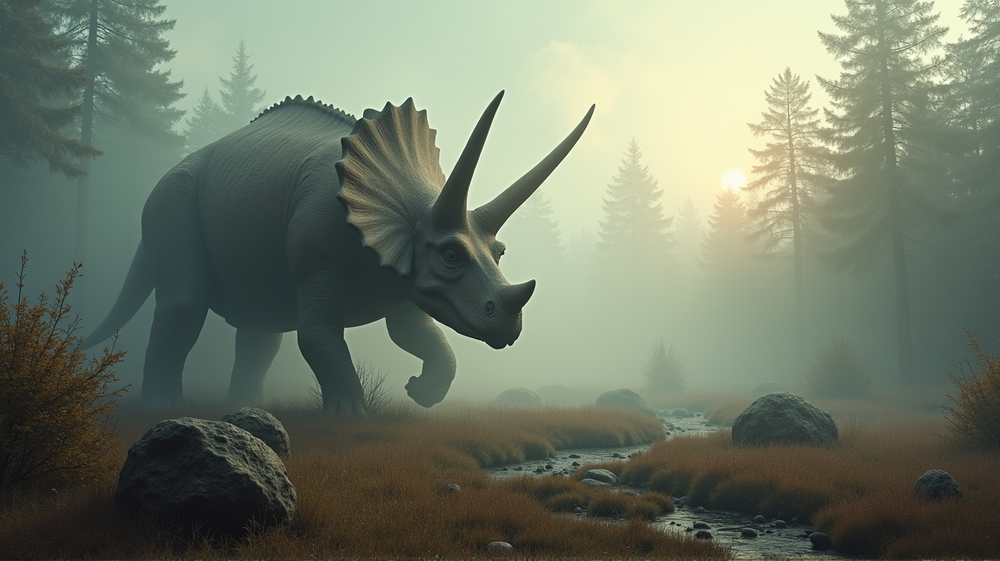In an exciting breakthrough in the field of paleontology, researchers have uncovered a fossil from the era of dinosaurs in the Saharanpur district, Uttar Pradesh. This discovery, particularly the well-preserved nasal horn of a Triceratops, opens a window into a world long gone.
The Discovery Along the Sahansara River
The excavation site along the banks of the Sahansara River has revealed what is believed to be part of a three-horned Triceratops. “A fresh fossil has been discovered, believed to be of a Triceratops,” said Mohammad Umar Saif, founder of the Natural History and Conservation Centre in Saharanpur. “While we cannot definitively say that it belongs to a Triceratops, it closely resembles other Triceratops fossils found around the world.”
A Journey Through Time: Triceratops in India
Triceratops, generally associated with the Late Cretaceous period, now appear to have left traces in the Indian subcontinent. This fossil, dating back approximately 35-40 million years, provides invaluable insights into the biodiversity that once thrived here. According to Saif, its well-preserved condition is due to its transformation into sandstone, a result of heavy mineralization in the Himalayan foothills.
Delving into the Past: Why This Find Matters
The Triceratops fossil in Saharanpur is more than just an ancient relic; it’s a narrative etched in stone. Its discovery is significant as it hints at the distribution of these magnificent creatures beyond their typical habitat, extending what we know about ancient ecosystems. The morphological resemblance to known Triceratops fossils adds a rich chapter to the annals of paleontological history.
A World Buried, A History Revived
Fossils like this do not just map the timeline of life on Earth. They inspire awe and curiosity, compelling us to explore and further understand our planet’s prehistoric past. Researchers have reportedly found several such fossils in the region recently, each adding to an intricate tapestry of our ancient world. As stated in mint, the ongoing research efforts continue to shed light on these extinct giants and their once-thriving landscapes.
In pursuing these stories buried deep within the earth, we are reminded of the fleeting yet profound legacy every species, great or small, leaves behind.












